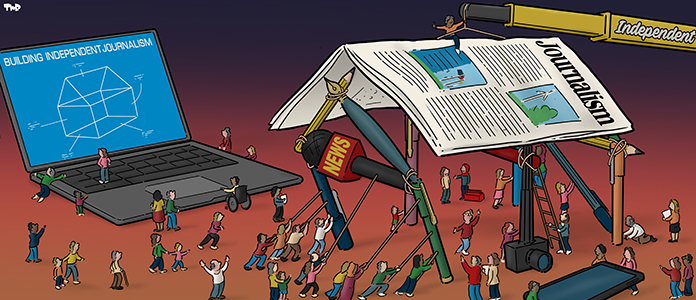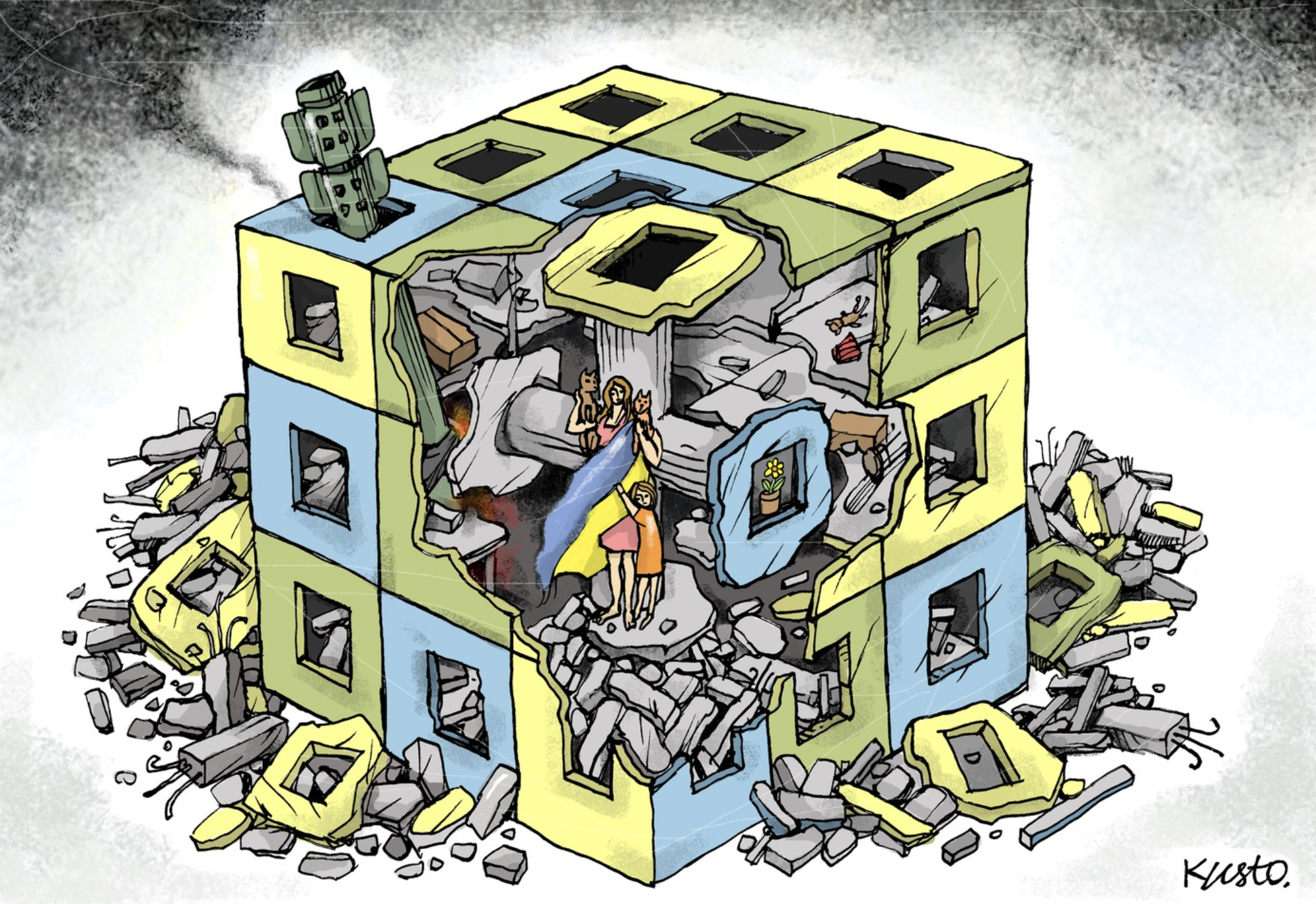This article is reserved for our subscribers
Kyiv, Ukraine – Most of those who have come to the Ukrainian capital during the last year have been surprised by how normal Kyiv life seems. Restaurants and cafes are full, all services are available, including entertainment; the city is bright, and the traffic is as bad as it used to be. Most people admire that, praising Ukrainian resilience. Others interpret it as a sign of happy-go-lucky attitude.
What one can say for sure is that the big Ukrainian cities are in no way back to normal, and they will not be in the nearest future. What an outsider sees is a new norm.
Looking over the shoulder of a young hipster in a popular café you may notice a drone flight simulator on his laptop screen: he just spent a few hours training. If you overhear conversations at the next table or on the street, there is a high probability that people discuss the developments on the frontline, or, again, drones or other military needs.
Not all people who serve are wearing uniform, especially those who are involved in intelligence, military tech, supply, or other defence branches. A guy at the next table may look like a DJ, but you don’t want to know what he knows.
Another aspect of the new norm is that daily life is adjusted to the permanent risks. On 7 February early in the morning, Kyiv was attacked, and the air defence shot down twenty missiles targeting the city. Five people died, and forty were injured. After the “all clear” signal, in one neighbourhood, firefighters and paramedics were helping the residents of the building hit by the debris, while the rest of the city was functioning as any other day: people headed to offices, children went to schools, and conferences started. Business as usual, just less sleep and more caffeine.
Contrary to the impression you get if you look at the coverage in the international news, the latest attacks on Kyiv were more severe than last year. The missile attack on Ukraine on 29 December 2023 was the deadliest in Kyiv since the start of the full-scale invasion. Other cities, such as Kharkiv and Kryvyj Rih, suffer constantly. During the massive attack on 2 January, unprecedented in scale, Ukrainian Air Defence had hit 72 missiles, including ten hypersonic ones; some people went to shelter at the metro stations (the usual and highly recommended practice), while others were using the same metro to go to work.
Do you like our work?
Help multilingual European journalism to thrive, without ads or paywalls. Your one-off or regular support will keep our newsroom independent. Thank you!












